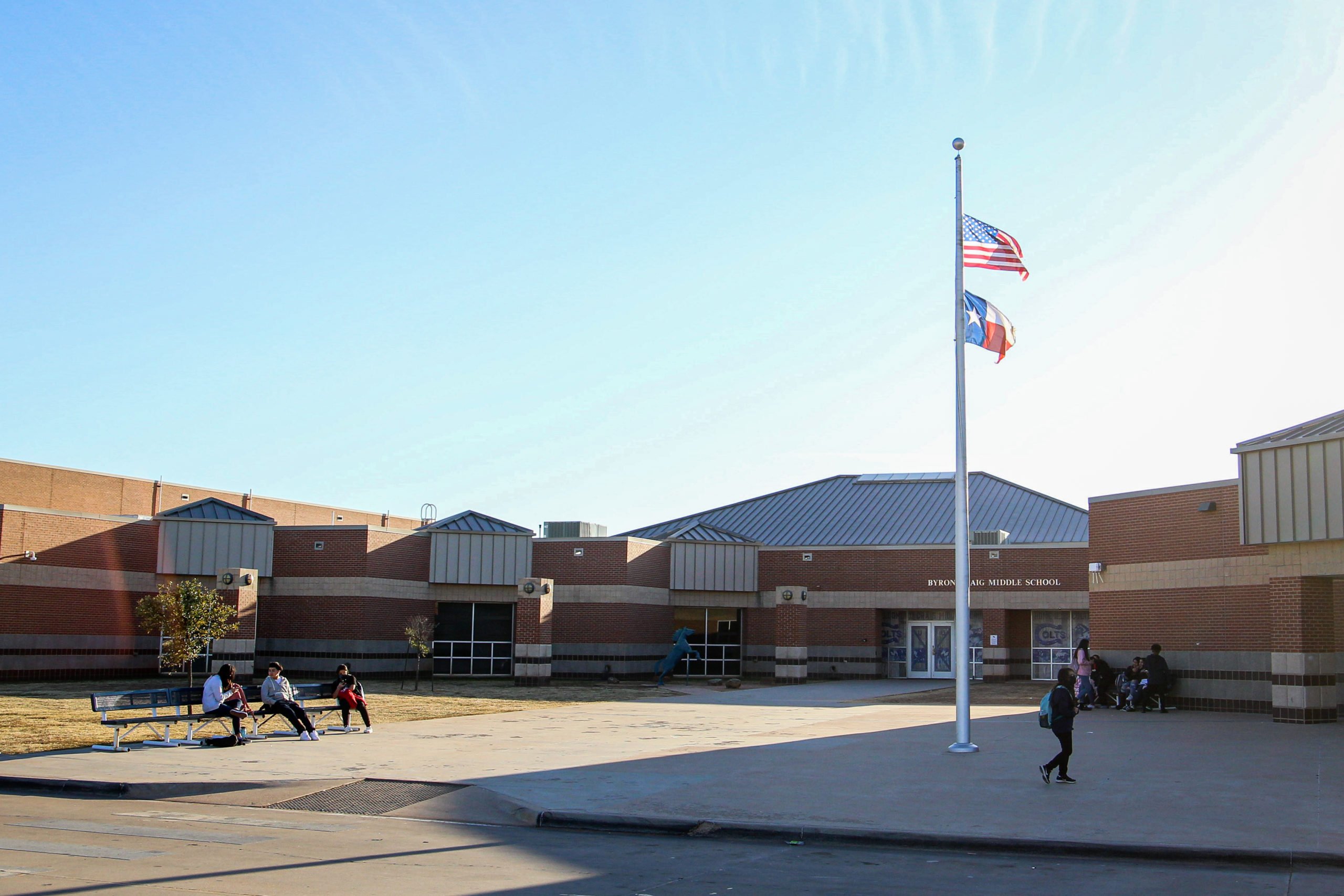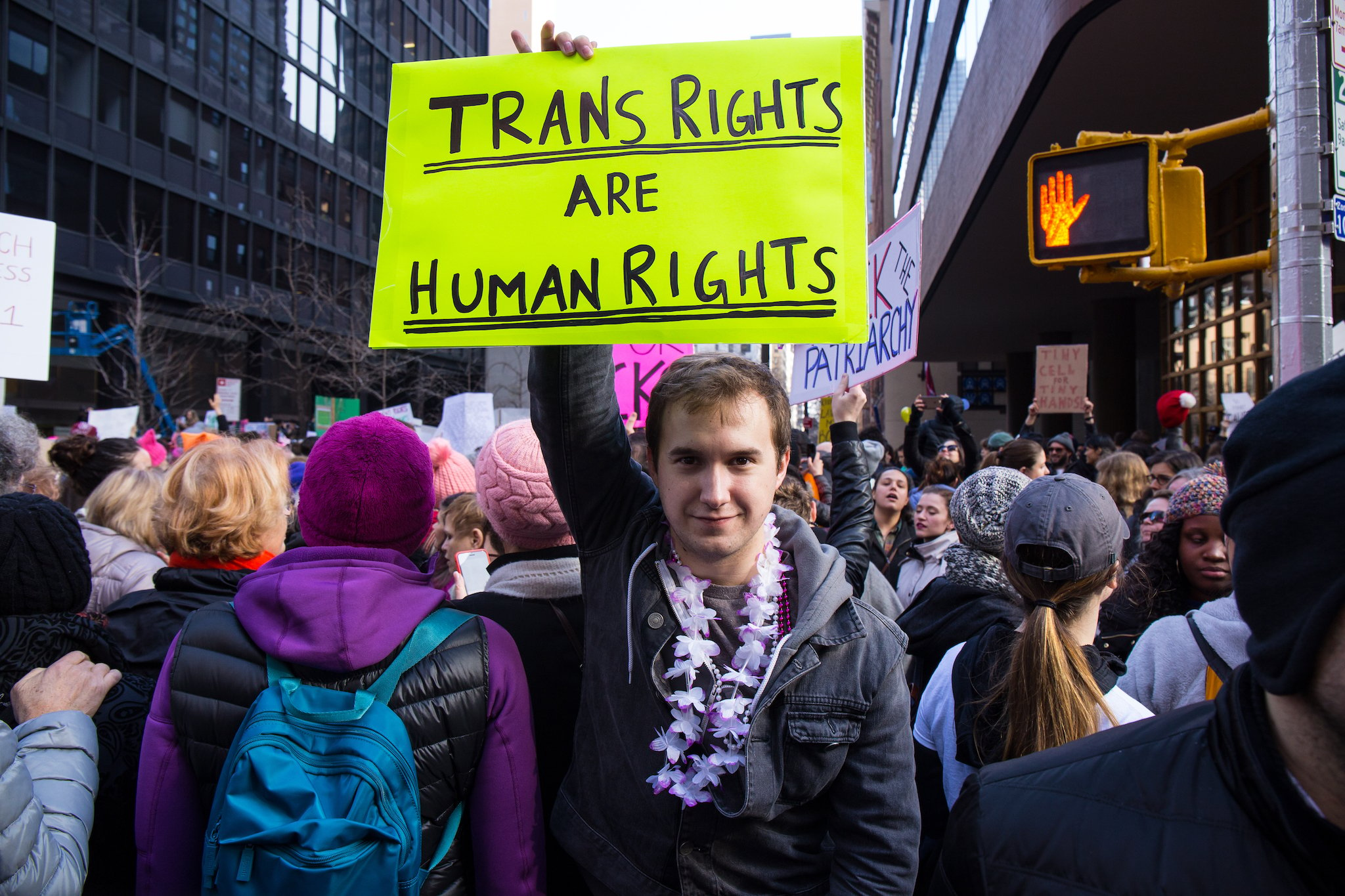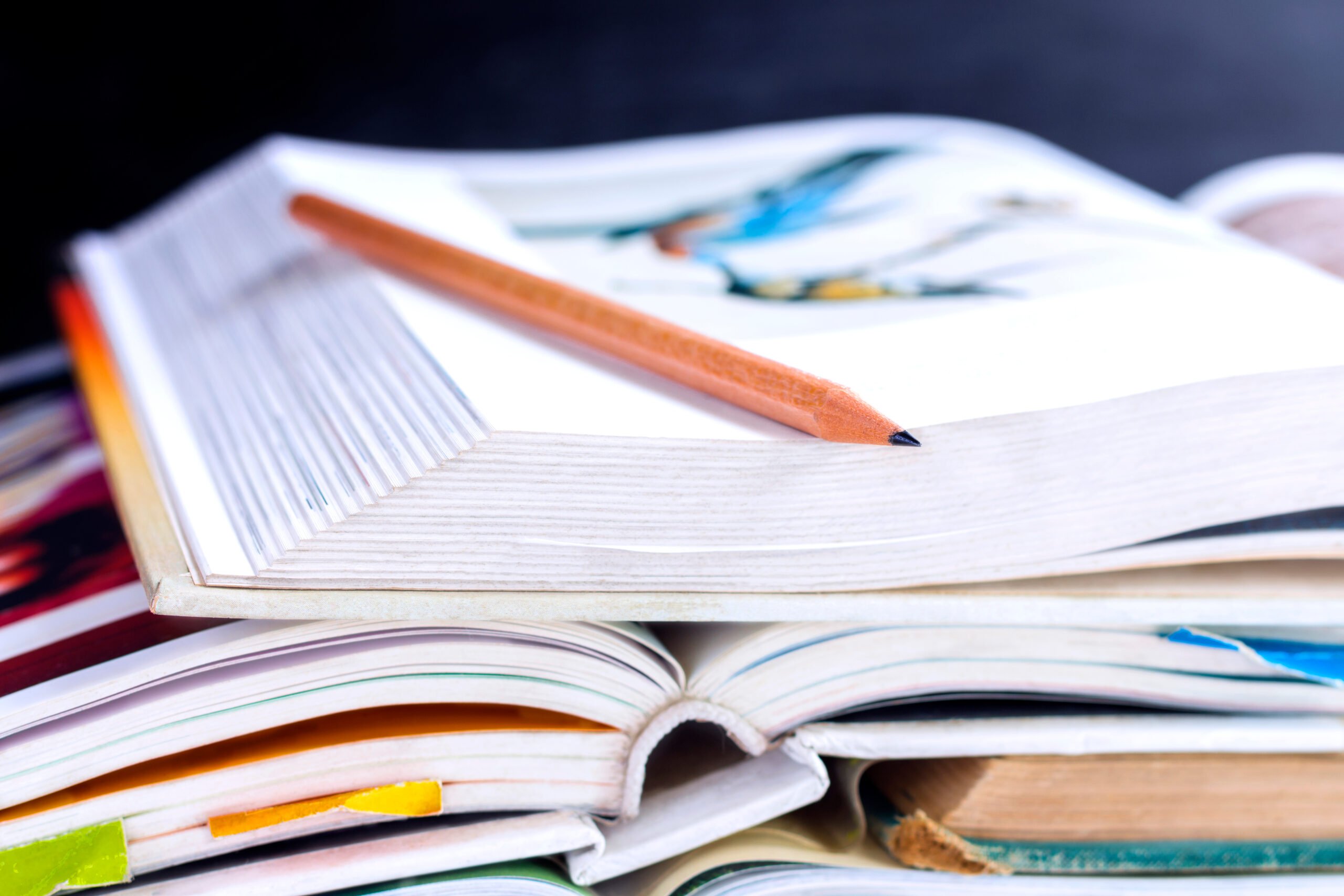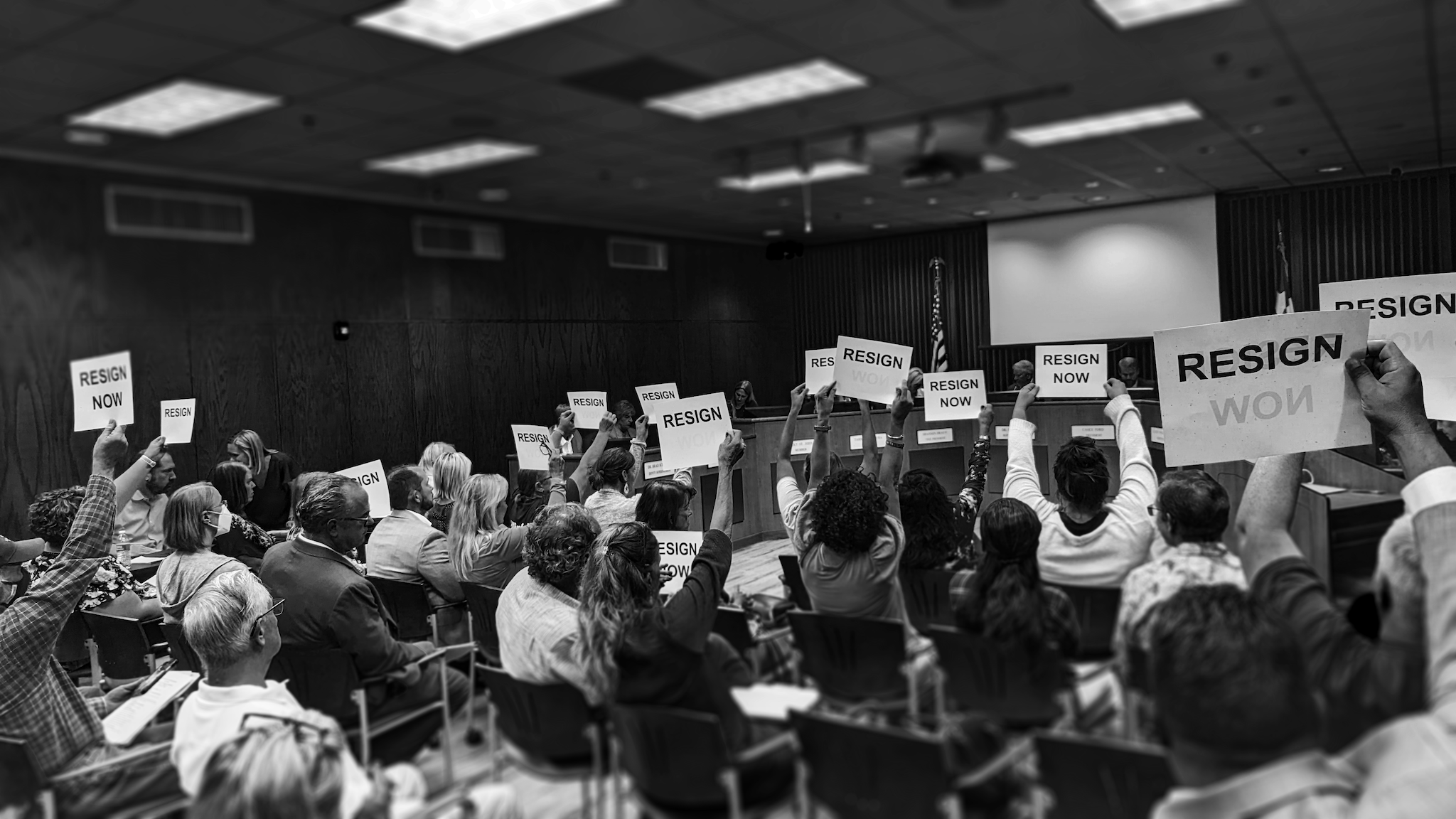
The Omicron Variant Has Ravaged Texas Schools
The newest COVID-19 variant has wreaked havoc on public schools in the state, forcing closures as districts scramble for adequate staff.

As Omicron cases surge across Texas, schools from Nacogdoches to Marfa have been laid low. The particularly transmissible strain of COVID-19 has emptied classrooms of both students and teachers, forcing districts to enact last-minute closures. The Dallas suburbs have been hit hard, along with schools stretching along the Texas Gulf Coast and districts dotting the vast landscape of rural Texas. After nearly two years, some Texas schools are finally at their breaking point.
Data provided to the Observer by the Texas Education Agency (TEA) shows a skyrocketing number of COVID-related school closures in the month of January, when 284 districts closed schools temporarily. To put that in perspective: That’s almost triple the number of closures that occurred in the preceding four months combined. The numbers aren’t exact, since districts don’t have to report the closures to the state, and the TEA doesn’t formally track them, the agency said. But they do appear to show a sharp rise in COVID-related school closures.
“When you have more than 15, 20 percent of your staff out … you can’t operate. So you have to close for a few days until you get some of them back,” said Bill Tarleton, executive director of the Texas Rural Education Association (TREA). Tarleton estimated that up to one-quarter of TREA’s 380-member districts have had to temporarily shutter their doors due to the virus.
Omicron isn’t just knocking out teachers and students, but also bus drivers, cafeteria workers, and janitors. The situation is so dire in some districts that parents have been asked to work as substitute teachers to keep the doors open. In Abilene, where I live, the school district sent a message to parents warning that some school days for the following week would be canceled. It was paired with a familiar plea to parents to consider becoming a substitute. (A TEA spokeswoman declined to answer questions about districts’ attempts to recruit substitutes, saying “districts are responsible for setting their requirements for hiring them.”)
The state’s public schools were treading water well before the Omicron surge, though. The pandemic has worn on teachers so badly that many are reconsidering their careers. Governor Greg Abbott’s decision to bar districts from enforcing masks has made COVID-19 impossible to combat in schools. A neverending culture war—one waged by Republican politicians and conservative neighborhood activists—hasn’t helped matters.
Last week, Abbott upped the ante, announcing his plan to enact a “Parental Bill of Rights” that could further embolden the GOP electorate to diminish public schools’ power.
“At the end of the day, no government program can replace the role that parents play in the education of their children,” Abbott said at an event hosted by a Lewisville charter school.
The political assault on schools, coupled with a nearly two-year pandemic, made Texas schools an easy target for the Omicron variant.
“There’s just a lot of pressure, stress, mental, and physical exhaustion among our educators. Many are to the point where they’re deciding on whether to continue or not,” said Rena Honea, president of Alliance/AFT, a teacher advocacy organization. “I’ve never witnessed or experienced anything like this in my lifetime: the things that educators are having to deal with, not only in the school settings, but in their own personal lives as well.”
Many of the districts that announced closures this month have already reopened—for now. A slight downtick in infections among students and school staff may give parents, educators and advocates some room to breathe.
“We’re all hoping it will peak soon and start to go down,” Tarleton said. “But you’ll still have some of it, some closures. For who knows how long.”



